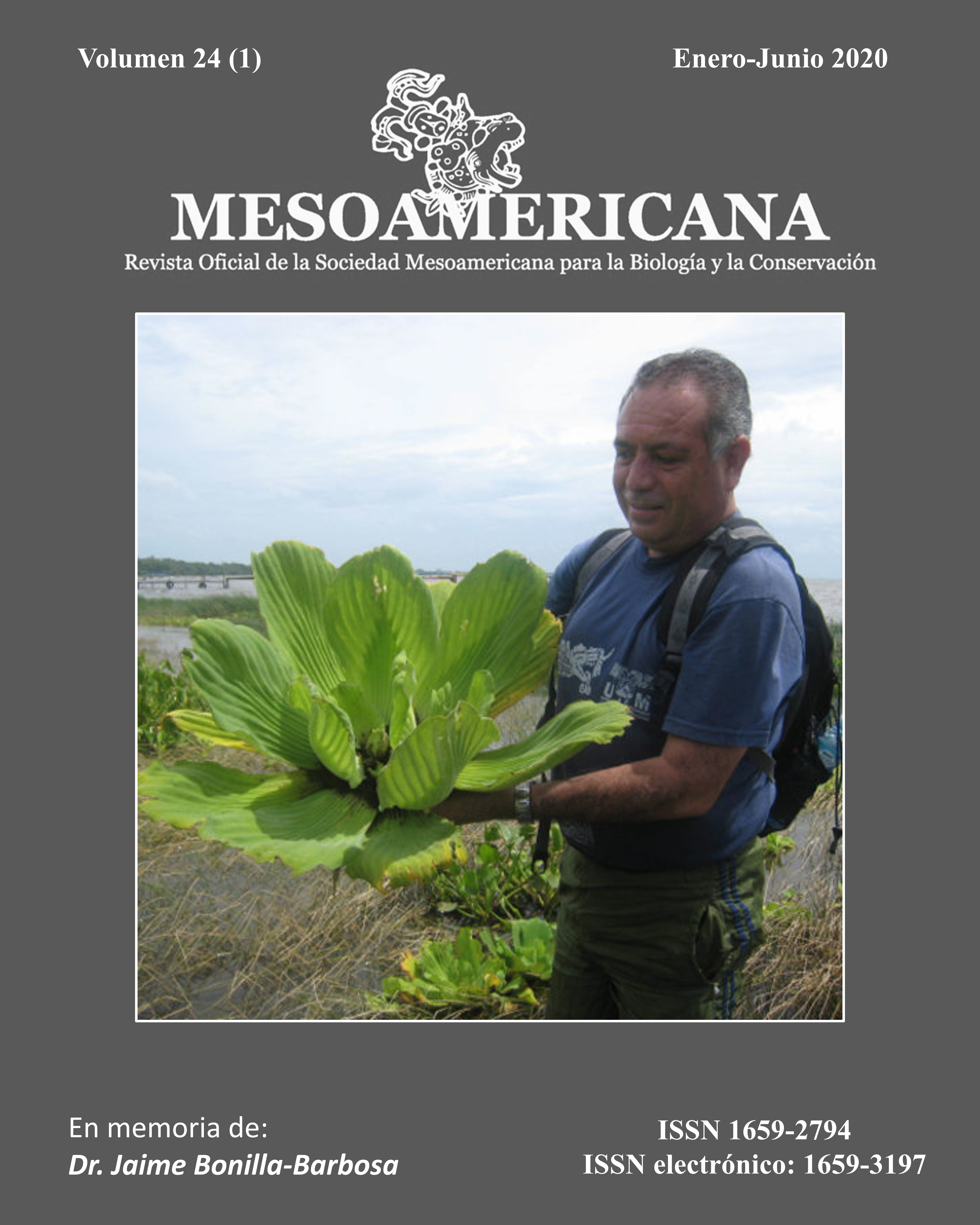

The frog Pristimantis gaigei has been used as a model of Batesian mimicry, adopting the aposematism
(striking coloration) of its model, the poisoned frog Phyllobates lugubris. Studies on the chemical
composition of its skin are scarce. Considering that alkaloids have been reported in other frog species considered mimetic and without toxins for a long time, we want to corroborate the presence or absence of some type of alkaloid in the skin extract of two populations of P. gaigei (PJIC001-Altos de Parque Nacional de Altos de Campana and BJIC002-La Amistad-Atlántico International Park) in Panama. For the phytochemical characterization of the alkaloids, Dragendorff tests, iodine vapors and ultraviolet light radiation (365nm) were used. The technique of thin layer chromatography (TLC) was also used, with two different mobile phases (chloroform / methanol 9: 1 and acetonitrile / water 9: 1) and to identify the chemical profile of the com-pounds. Both samples PJI001 and BJI002, tested positive for the Dragendorff test. With thin layer it was possible to separate and characterize the presence of more than one alkaloid compound. There was a difference in the composition and chemical behavior between the two extracts, where the sample of PJIC001 presents compounds between a medium and very polar polarity, with a more abundant chemical composition, for the sample BJIC002, it presented compounds with high polarity and low polarity. These results demonstrate the presence of different alkaloid compounds in the skin of P. gaigei, being an indication of a müllerian mimicry, managing to acquire a possible chemical model for its defense.